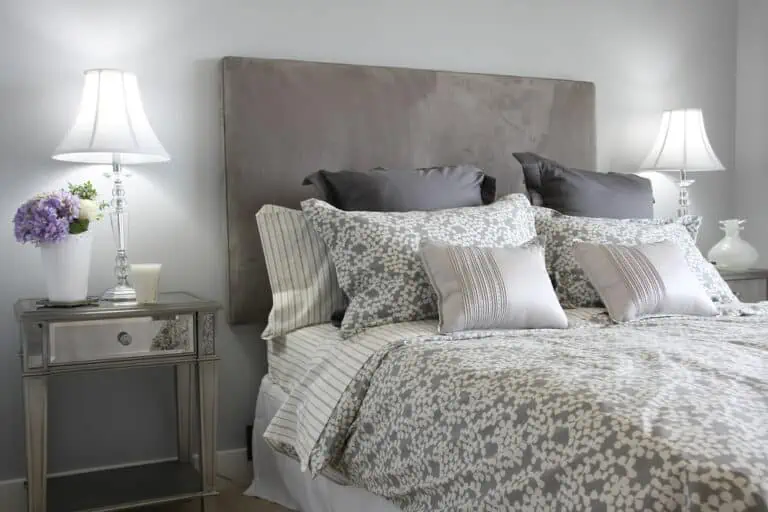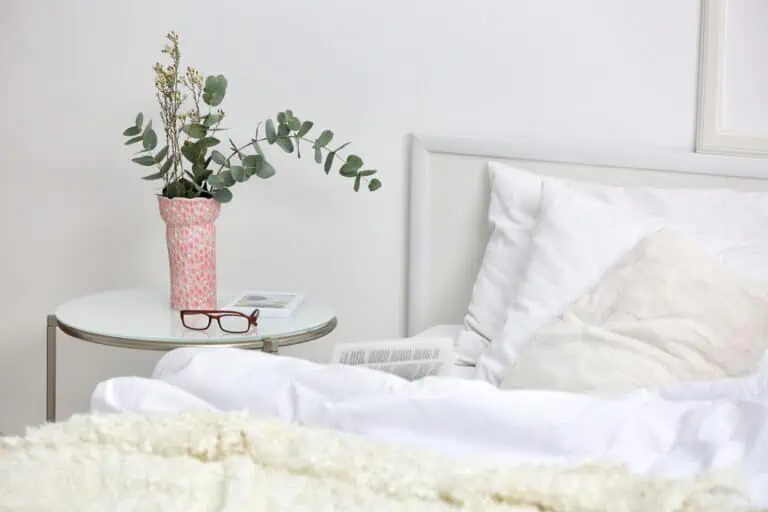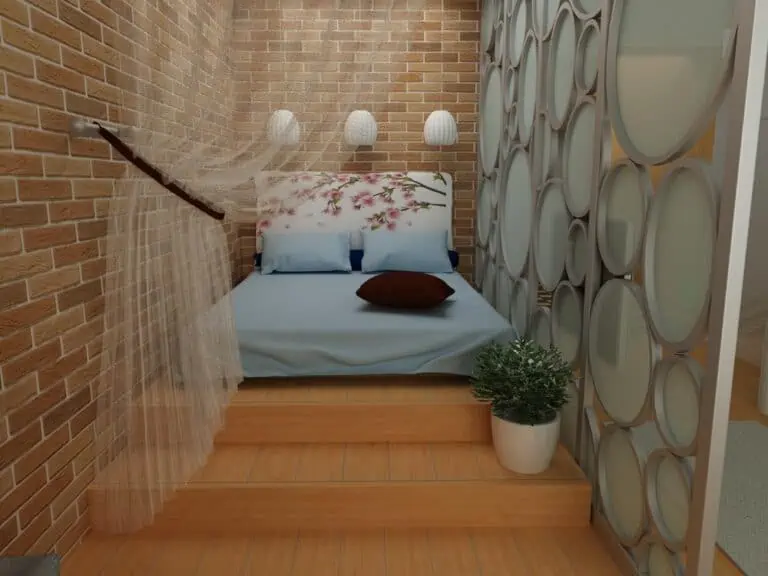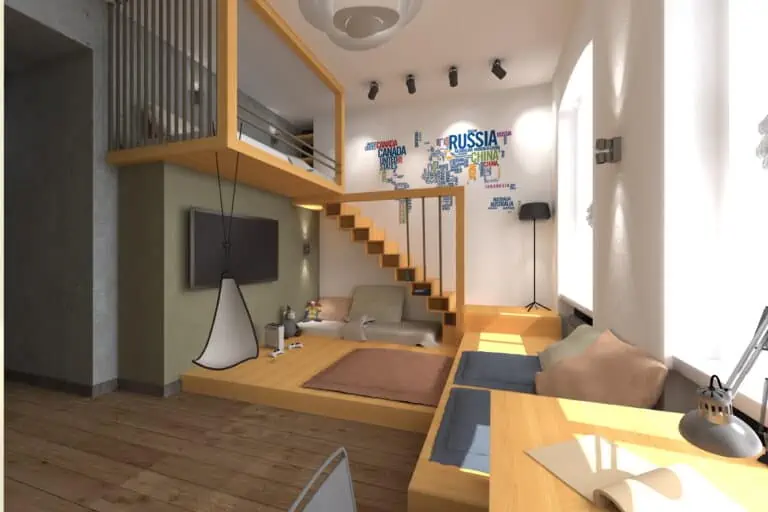Why Are Coffee Tables So Low? (This Modern Design Trend Explained)
Homebody Forever is reader-supported. We may receive a commission if you make a purchase through a link on this post.
Coffee tables have evolved over time, transforming from functional pieces meant for holding coffee cups during social visits to stylish display tables for your living room.
You might have noticed that modern coffee tables tend to be lower than their traditional counterparts. There’s a good reason for this trend.
The reason that coffee tables are so low is due to a shift in interior design trends. Modern furniture often adopts a sleek, minimalistic look, which includes lower seating arrangements like floor cushions and adjustable sofas.
In this context, a lower coffee table makes sense as it fits the room aesthetics and doesn’t obstruct get in the way while conversing or watching TV.
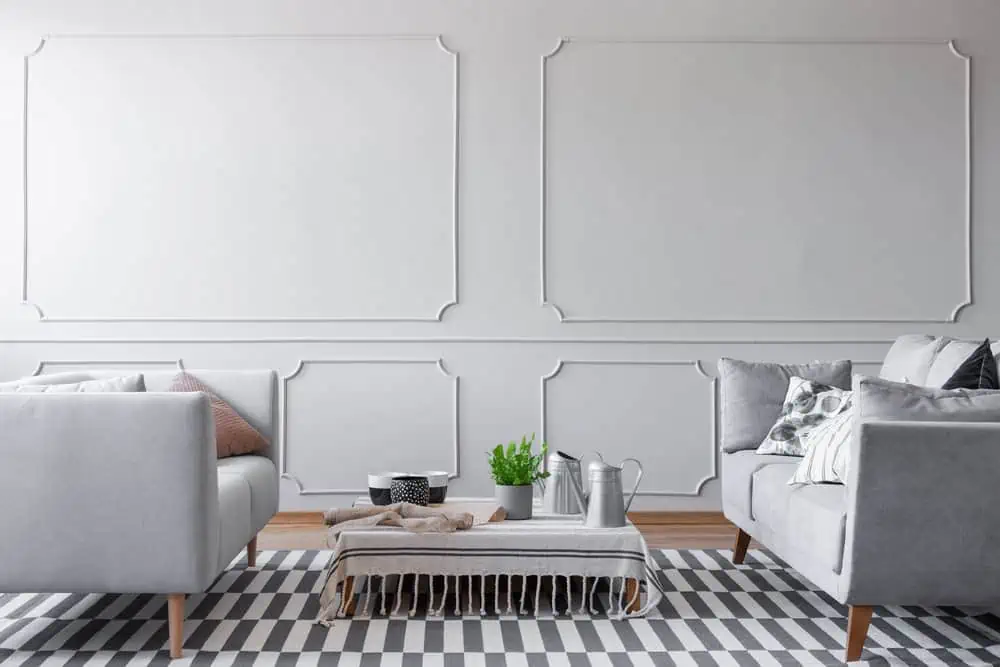
Importance of Coffee Table Height
When selecting the perfect coffee table for your living space, considering the height is crucial. The height of your coffee table plays a significant role in three main aspects: ergonomics, aesthetics, and functionality.
Ergonomics
Ergonomics refers to designing furniture that is both comfortable and efficient for its users. A well-proportioned coffee table should be lower than your sofa to provide ample legroom and prevent accidental bumping of knees or shins.
Aim for a coffee table height that allows you to easily rest objects and your feet on the surface while seated.
Aesthetics
The visual appeal of your coffee table can greatly influence the overall appearance of your room. A super-low coffee table can add elegance and sophistication to your space, provided it’s chosen and placed correctly.
Ensure the height of your coffee table complements your existing furniture to create a harmonious and balanced look.
Remember, the wrong height can throw off the entire proportion of your room, so pay attention to the measurements when making your choice.
Functionality
Selecting a coffee table with the right height can enhance its functionality and usefulness. For instance, a taller coffee table may work better for spaces with lower seating arrangements or if you have pets that might knock over items on lower tables.
On the other hand, a lower coffee table can provide additional storage space underneath for items like magazines, books, or decorative baskets.
History Behind Low Coffee Tables
If you’ve ever wondered why coffee tables are low, you’re not alone. The history of these low tables can be traced back to early 17th-century Europe, where tea tables were designed to hold a full tea service in front of a group seating area or beside a chair. These tea tables were slightly higher than modern-day coffee tables.
As the popularity of coffee and coffee houses grew, there was a shift from tea tables to coffee tables. With their distinctive low surfaces, coffee tables were designed to provide a convenient support for beverages, remote controls, magazines, books, and decorative objects.
In thee 19th century, coffee tables were used to manage coffee cups during social visits, and their height was more important for that purpose.
One key feature of coffee tables is their height – which is typically around 18-19 inches from the floor – less than the 27 inches of a standard tea table. This height ensures they are at the same level as the sofa cushions or 1-2 inches lower, creating comfortable access and a proportional look in the room.
The evolution of coffee tables has also brought with it a variety of designs, styles, and materials. Coffee tables that are too high can throw off the entire proportion of a room.
Cultural Influence on Design
Japanese Influence
When examining the design of modern coffee tables, you can’t ignore the strong Japanese influence on their aesthetics. Traditional Japanese homes often feature low furniture, including floor-level dining tables called Chabudai.
These tables were designed to be used while sitting on the floor or on cushions, contributing to the overall minimal and functional approach in Japanese interior design.
Similarly, you’ll notice that modern coffee tables are low, aiming to maintain a sense of balance and proportion in the living space. In fact, New York-based interior designer Monique Gibson highlights how coffee tables that are too high can disrupt the room’s harmony.
You might also find that the Japanese influence extends to the materials and colors used in contemporary coffee table designs. Lighter wood tones, black accents, and simple lines are common, reflecting the blend of form and function present in Japanese design concepts.
Impact on Room Aesthetics
Creating Openness
Low coffee tables can help create a sense of openness in your living room. By having a lower profile, they allow for better visibility across the room, making it feel more spacious and inviting.
Additionally, this design choice can aid in maintaining clean sightlines and showcasing other elements of your space, such as wall art or statement furniture pieces.
Focal Point
A well-chosen low coffee table can serve as a focal point in your living area, drawing attention and adding visual interest. With its lower height, it doesn’t dominate the room, instead complementing and enhancing the overall look of the space. Furthermore, it offers the opportunity to display decorative items, such as books, candles, and unique conversation pieces that reflect your personal style.
Space Optimization
Last but not least, low coffee tables can contribute to optimal use of space within your living room. Their compact design and reduced height allow for better traffic flow and easier movement around the room.
This is especially crucial in smaller spaces, where a lower coffee table can help to make the room look bigger.
Additionally, many of these tables come with built-in storage options such as shelves or drawers, providing convenient spots to store your remote controls, coasters, and other living room essentials without sacrificing style.
Tips on Choosing the Right Height for Your Coffee Table
When selecting the perfect coffee table for your living space, it’s essential to consider its height. A well-chosen coffee table should complement your sofa and other furniture, making your space comfortable and functional. Here are some friendly tips on how to find the right height for your coffee table.
To start, measure the height of your sofa’s seat cushions. This measurement will be a good reference point for choosing the ideal coffee table height, as a table with a similar height will make it easier for you to grab items off the table.
A standard coffee table height falls between 16 and 18 inches, but it’s always best to tailor your choice to your specific needs and preferences.
When considering the height of your coffee table, also take into account how you’ll use it. If you often eat or work on your coffee table, you might prefer a slightly taller table that offers more comfortable access to food or materials.
On the other hand, if your coffee table is primarily for decorative purposes or occasional use, a lower table may be a better fit aesthetically.
Remember, the material of your coffee table is also an important factor. A table made of a more delicate material might require a little extra height if you have young children or pets who might accidentally bump into it.
In contrast, a sturdier table can be lower to the ground and still withstand daily use without any issues.



